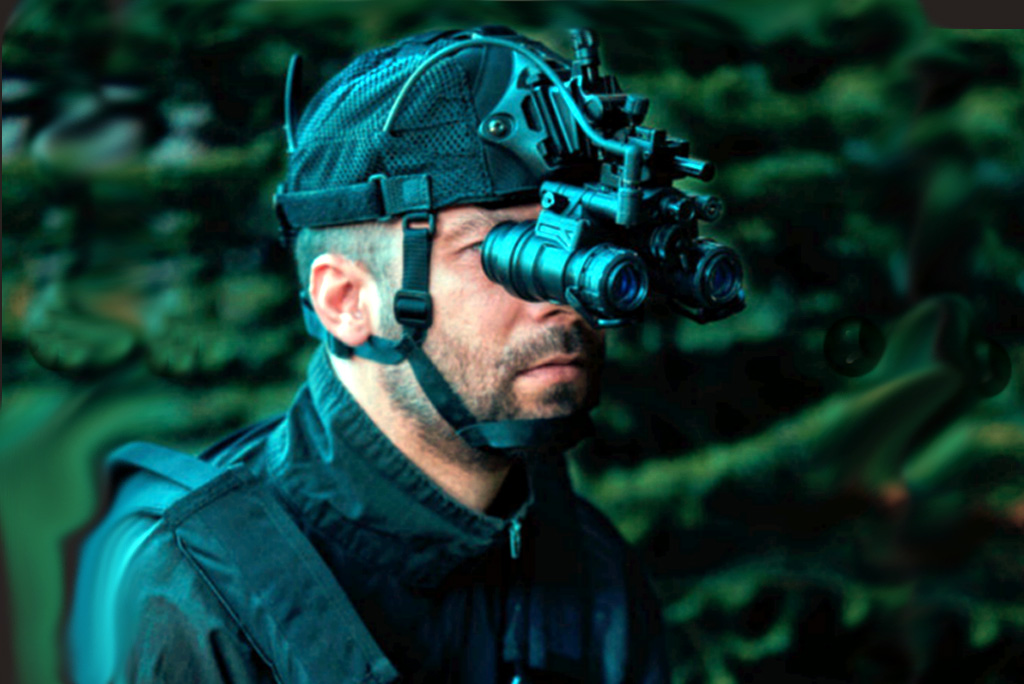The "Airmobile Platform" project is now being fasttracked. In order to move originally planned IOC 2027 to 2025 the requirements catalogue has apparently been cut from well over a thousand individual requirements to a few hundred.
"Airmobile Platform" is intended to replace all Mungo, Wolf and Wiesel 2 vehicles in the 1st Airborne Brigade with a new unitary vehicle - with around 1,000 vehicles planned in total. About 500 additional vehicles could be bought for the Dutch 11th Airborne Brigade; there is a letter of intent for combining the procurement.
The cut of the requirements catalogue is remarkable with regard to the Dutch part; the Netherlands had originally signed a contract with Mercedes-Benz for 515 "AASLT" Wolf-derived vehicles, which it annulled last year due to the company not being able to fulfill the complicated requirements set the Dutch had.
Main supplier that has been positioning itself for bidding for the "Airmobile Platform" is a joint venture of dutch company Defenture and KMW with a vehicle family derived from the ATTV sold to Dutch KCT and German KSK (SOF forces). Defenture had also submitted a bid for "AASLT" but lost back then.
"Airmobile Platform" is intended to replace all Mungo, Wolf and Wiesel 2 vehicles in the 1st Airborne Brigade with a new unitary vehicle - with around 1,000 vehicles planned in total. About 500 additional vehicles could be bought for the Dutch 11th Airborne Brigade; there is a letter of intent for combining the procurement.
The cut of the requirements catalogue is remarkable with regard to the Dutch part; the Netherlands had originally signed a contract with Mercedes-Benz for 515 "AASLT" Wolf-derived vehicles, which it annulled last year due to the company not being able to fulfill the complicated requirements set the Dutch had.
Main supplier that has been positioning itself for bidding for the "Airmobile Platform" is a joint venture of dutch company Defenture and KMW with a vehicle family derived from the ATTV sold to Dutch KCT and German KSK (SOF forces). Defenture had also submitted a bid for "AASLT" but lost back then.

